Membrane Transporter/Ion Channel
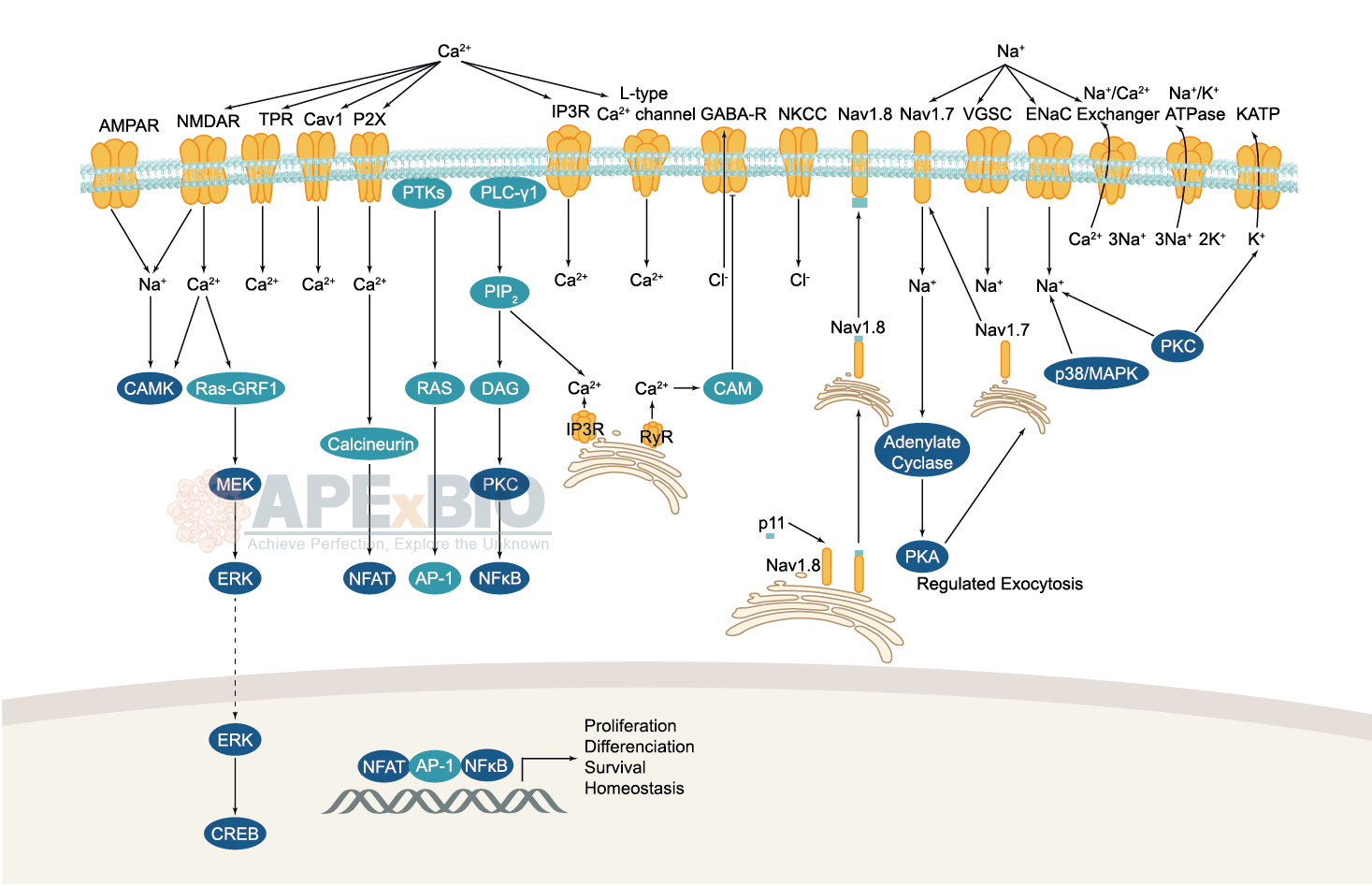

Membrane Transporters mediate the movement of ions and molecules via binding and moving the substance across the membrane. There are two main actions of transporter: facilitated diffusion (passive transport) and active transport. Membrane transporters which bind the hydrolysis of ATP to the transport of target molecules are referred to as ATPases. For instance, Na+,K+-ATPases or Na+,K+-pumps are responsible for the transport of Na+ out of and K+ into cells.
Ion channels are pore-forming membrane proteins which allow the flow of ions across the membrane. The ion channels can be broadly grouped into six families including calcium channels, chloride channels, potassium channels, sodium channels, gap junction proteins and porins. Not all ion channels are gated, such as certain type of K+ and Cl– channels, transient receptor potential superfamily of cation channels, the ryanodine receptors and the IP3 receptors, but most Na+, K+, Ca2+ and some Cl– channels are all gated by voltage. Ligand-gated channels are regulated in response to ligand binding (e.g. neurotransmitters signaling). These ligand-gated neurotransmitter receptors are known as ionotropic receptors. Various neurotransmitters couple to ionotropic receptors such as glutamate, acetylcholine, glycine, GABA, and serotonin.
-
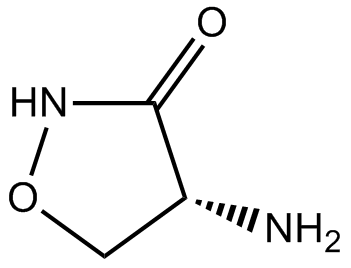 B1721 D-CycloserineSummary: Antibiotic
B1721 D-CycloserineSummary: Antibiotic -
 B2200 Esomeprazole MagnesiumSummary: Proton pump inhibitor
B2200 Esomeprazole MagnesiumSummary: Proton pump inhibitor -
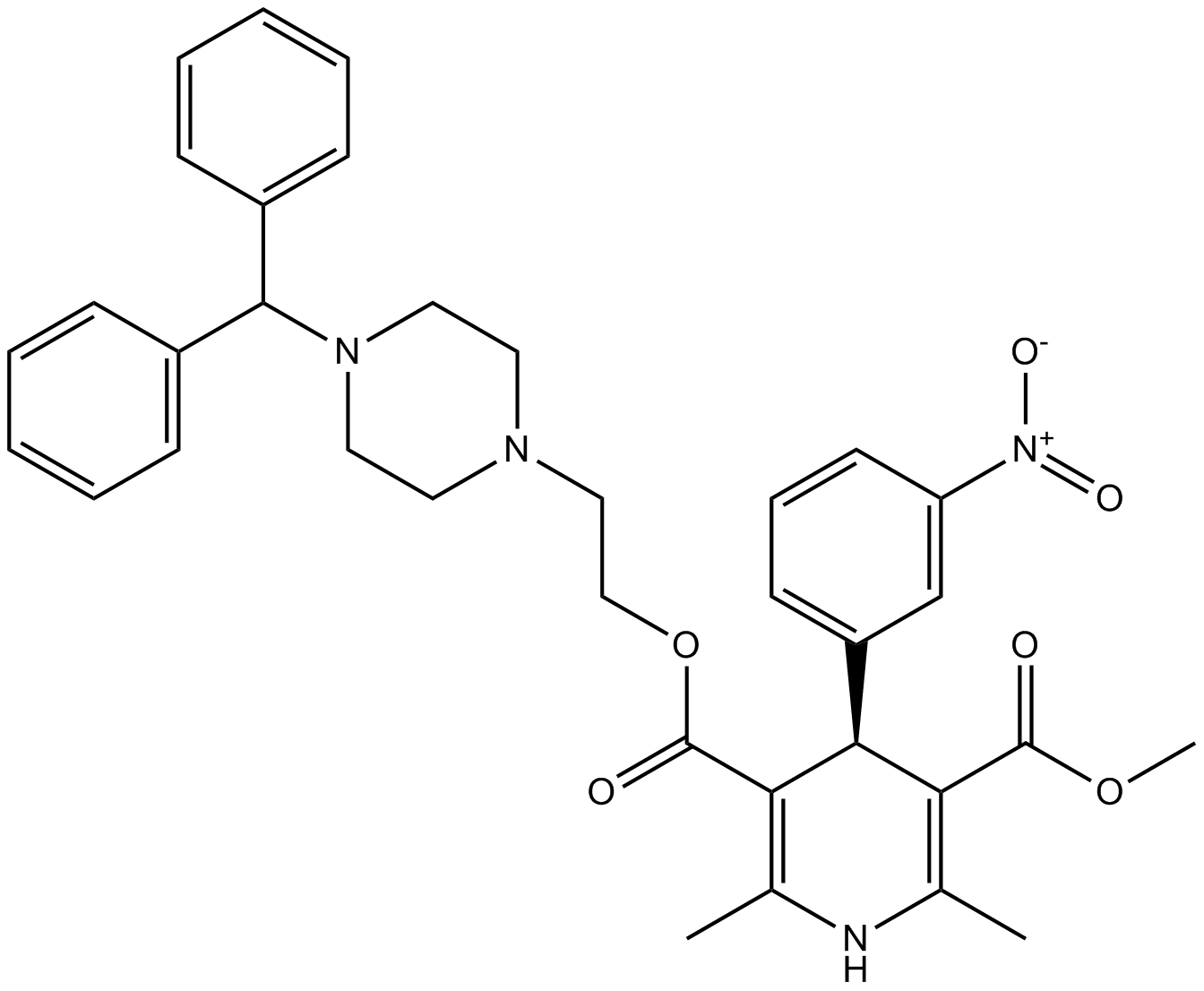 B1418 ManidipineSummary: Calcium channel blocker
B1418 ManidipineSummary: Calcium channel blocker -
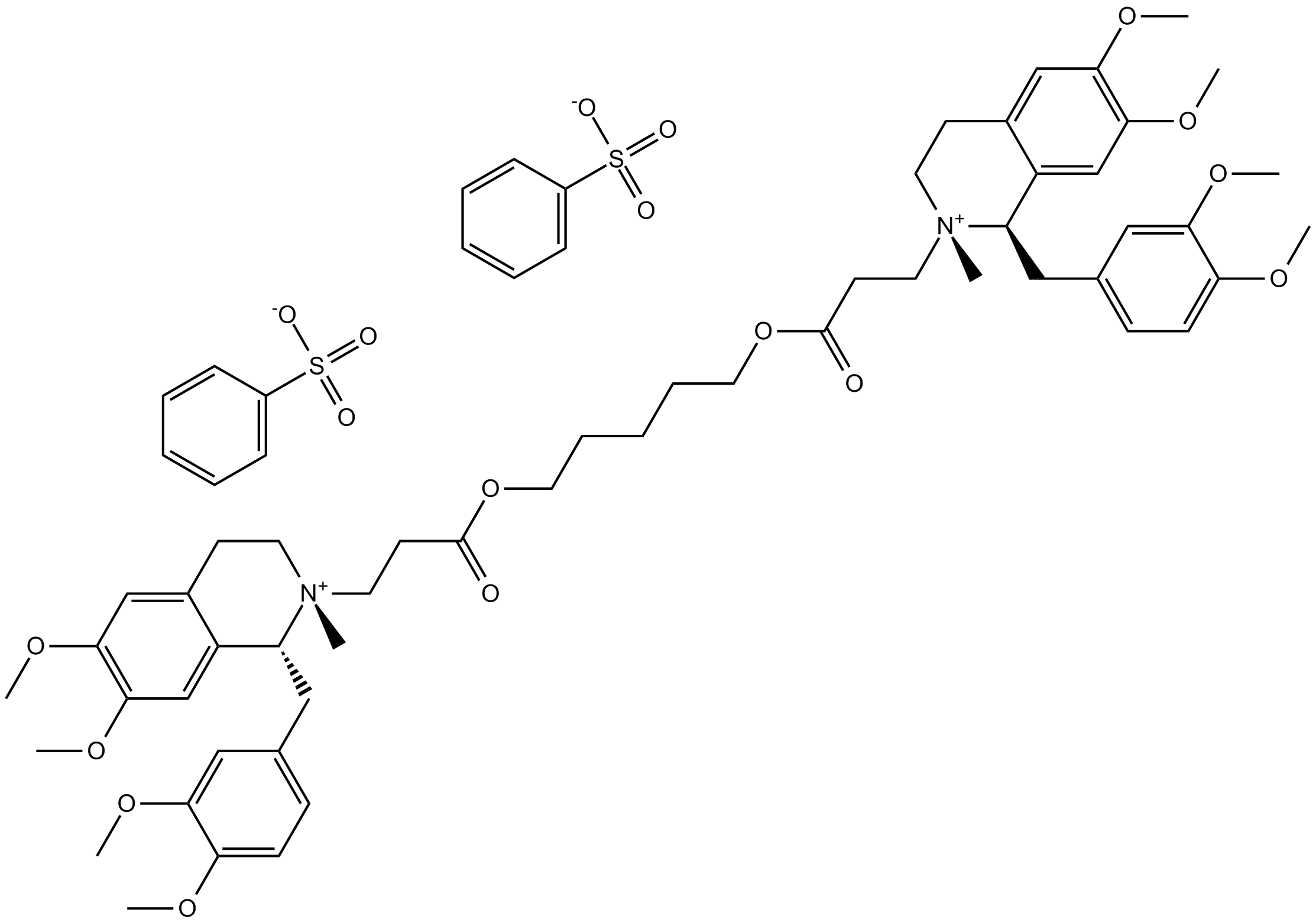 B1666 Atracurium BesylateSummary: Neuromuscular blocking agent
B1666 Atracurium BesylateSummary: Neuromuscular blocking agent -
 B1884 Amiloride HCl1 CitationSummary: epithelial sodium channel (ENaC) inhibitor, selective
B1884 Amiloride HCl1 CitationSummary: epithelial sodium channel (ENaC) inhibitor, selective -
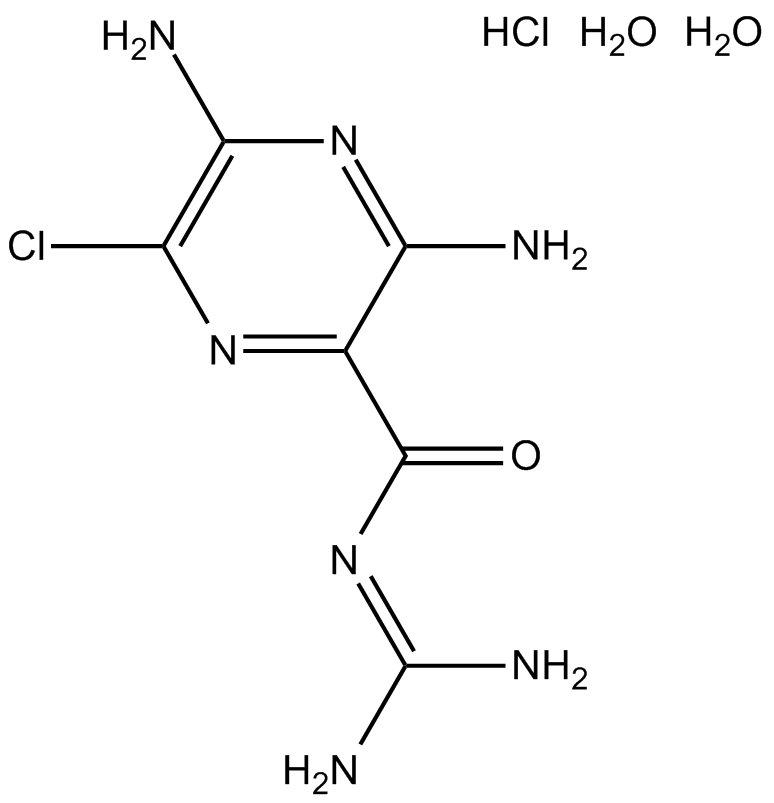 B2268 Amiloride HCl dihydrate1 CitationTarget: Voltage-gated Sodium (NaV) Channels|Voltage-gated Calcium Channels (CaV)|UrokinasesSummary: potent epithelial sodium channel (ENaC) blocker
B2268 Amiloride HCl dihydrate1 CitationTarget: Voltage-gated Sodium (NaV) Channels|Voltage-gated Calcium Channels (CaV)|UrokinasesSummary: potent epithelial sodium channel (ENaC) blocker -
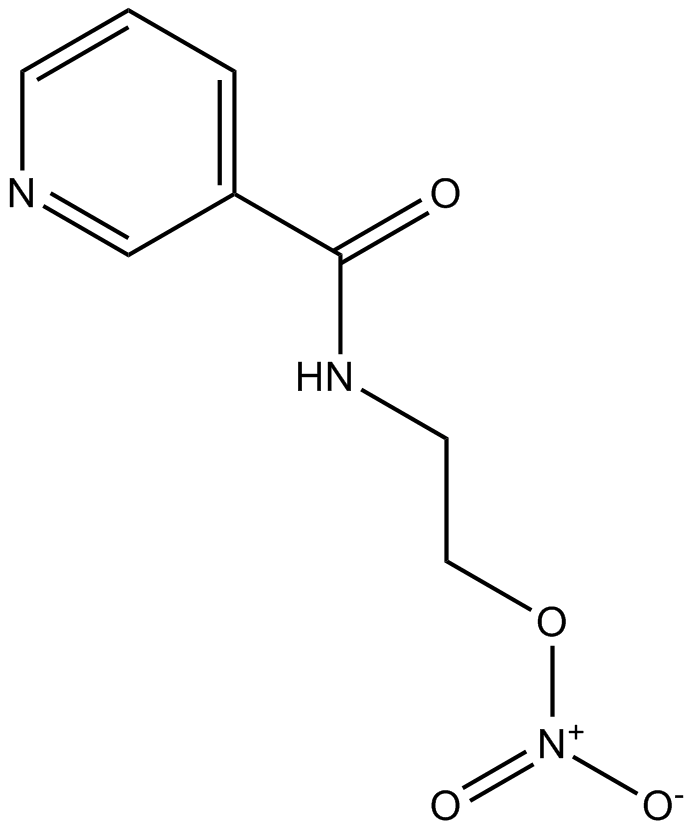 B2197 NicorandilSummary: Potassium channel activator
B2197 NicorandilSummary: Potassium channel activator -
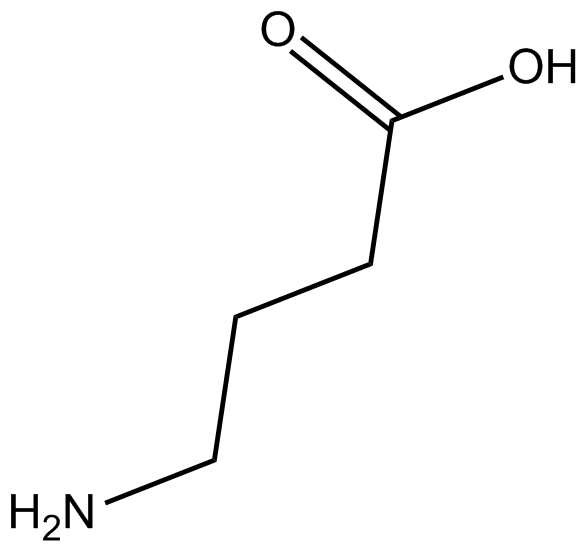 P10002 4-Aminobutyric acid
P10002 4-Aminobutyric acid -
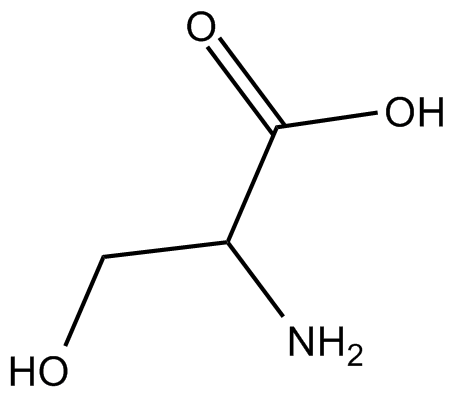 A6743 H-D-Ser-OHTarget: NMDA receptor
A6743 H-D-Ser-OHTarget: NMDA receptor -
 N1375 SolamargineSummary: cytotoxic agent
N1375 SolamargineSummary: cytotoxic agent


